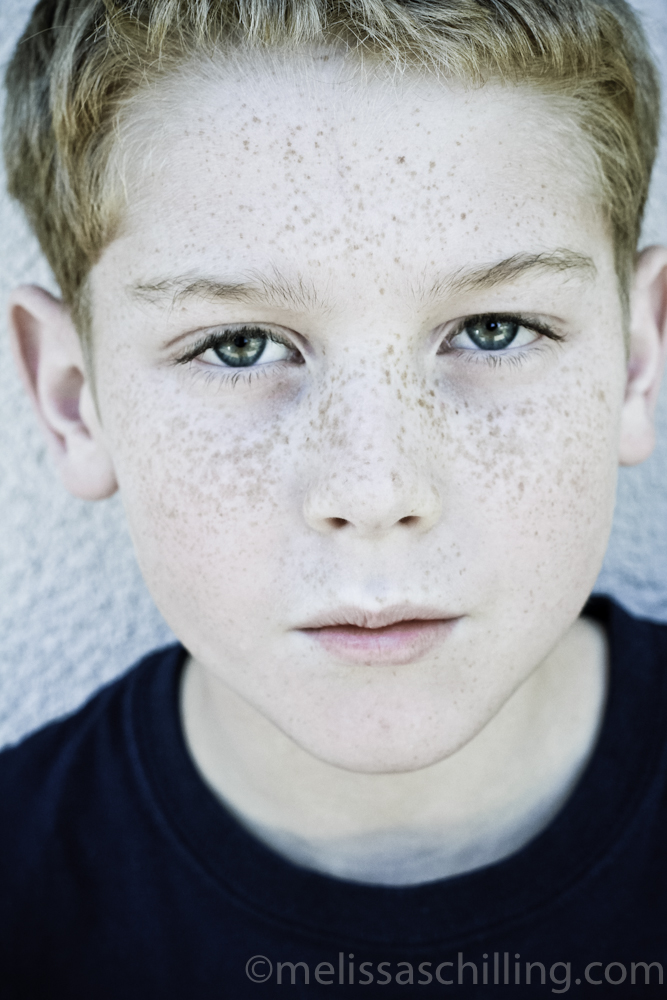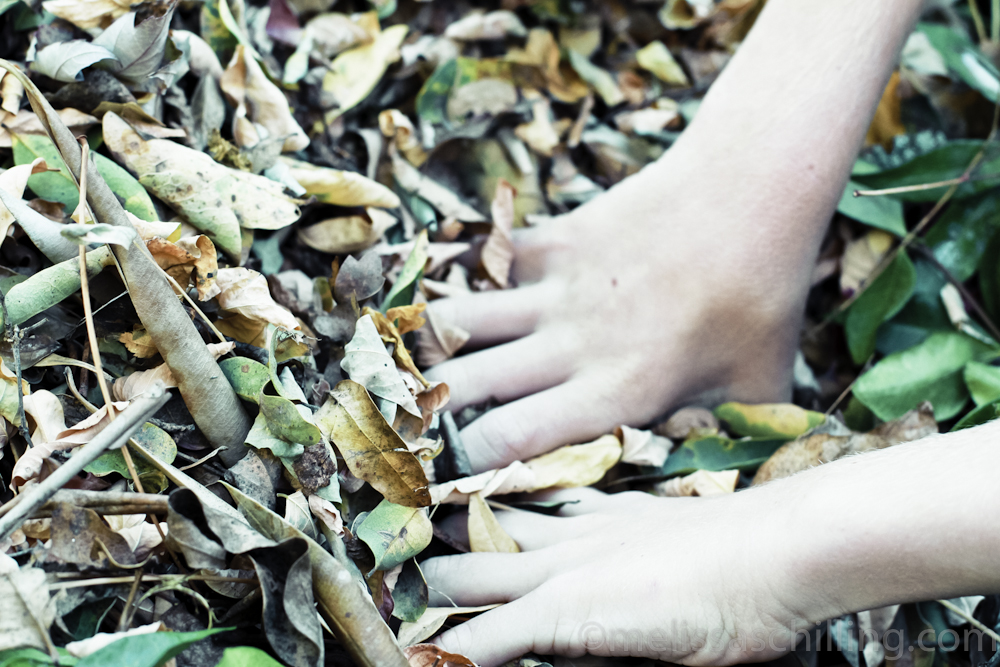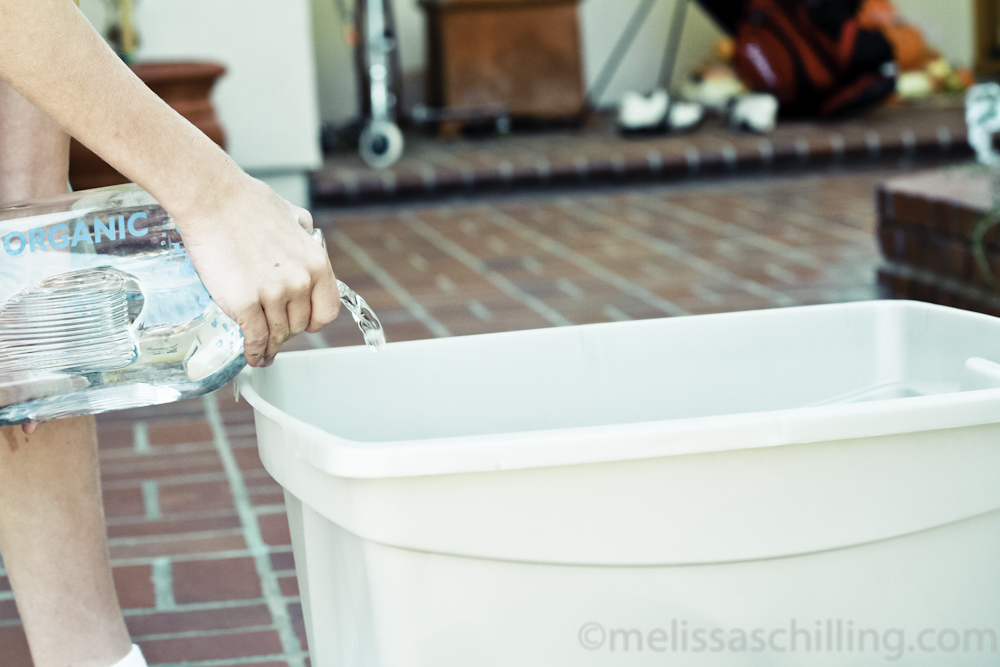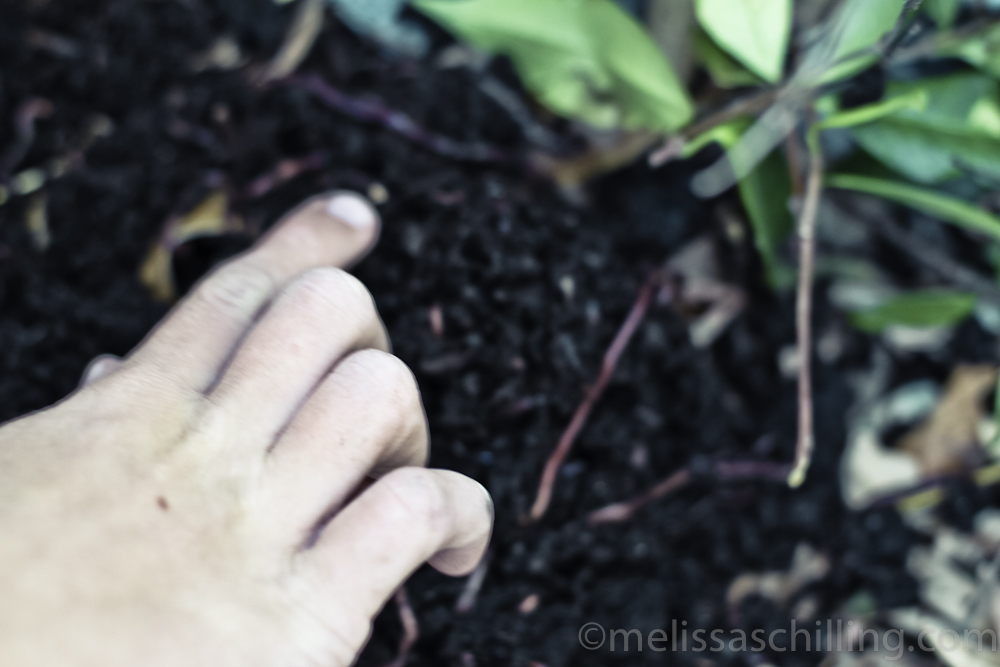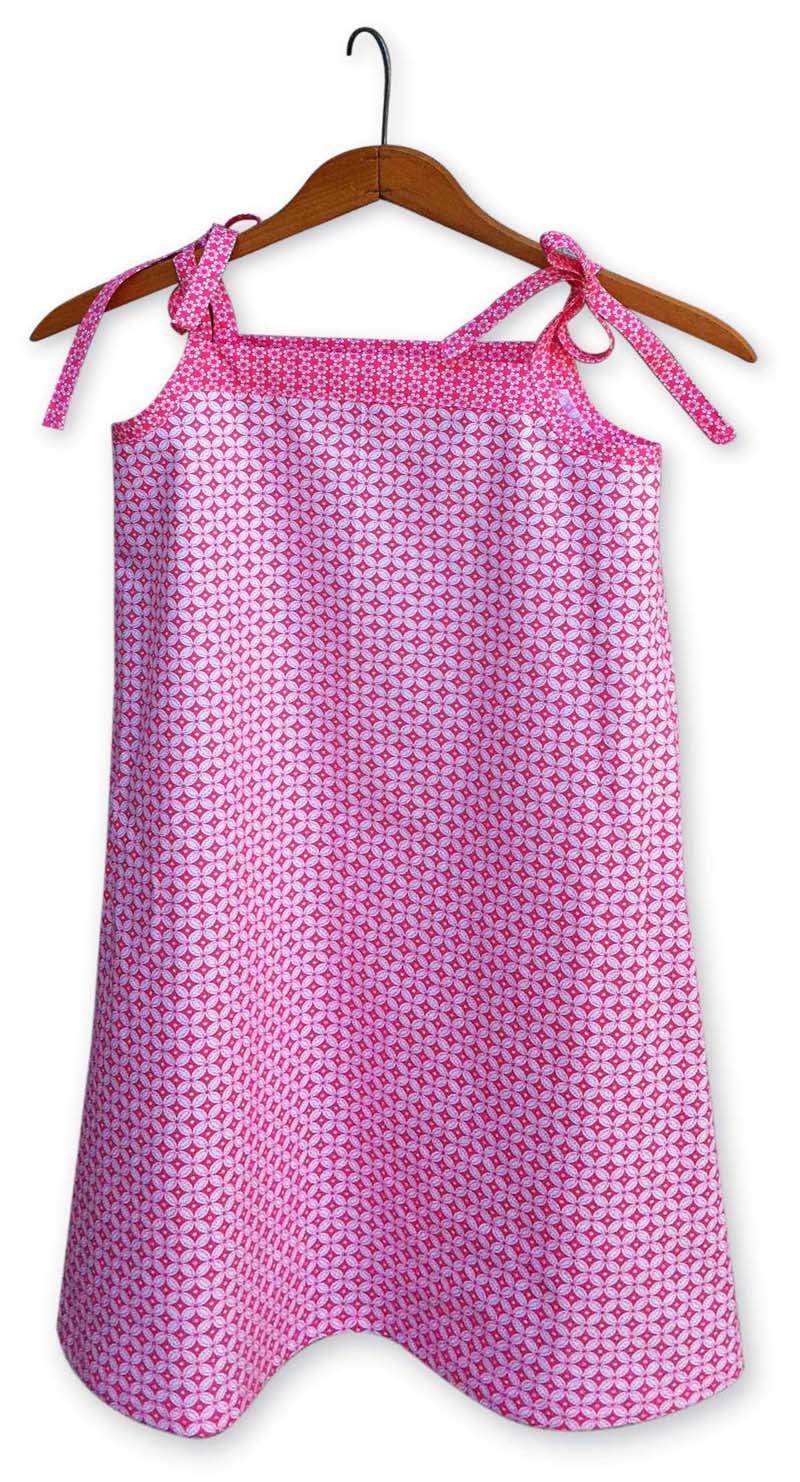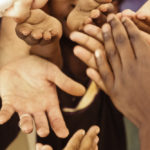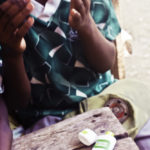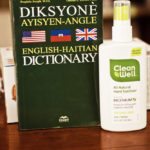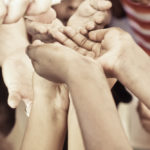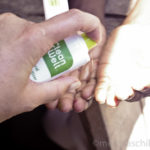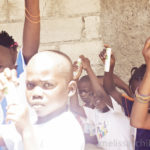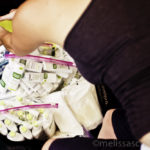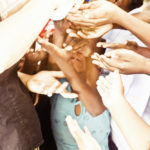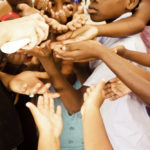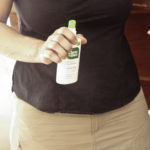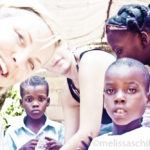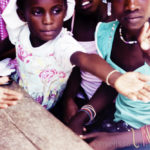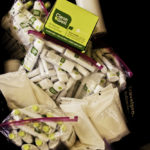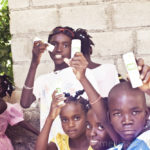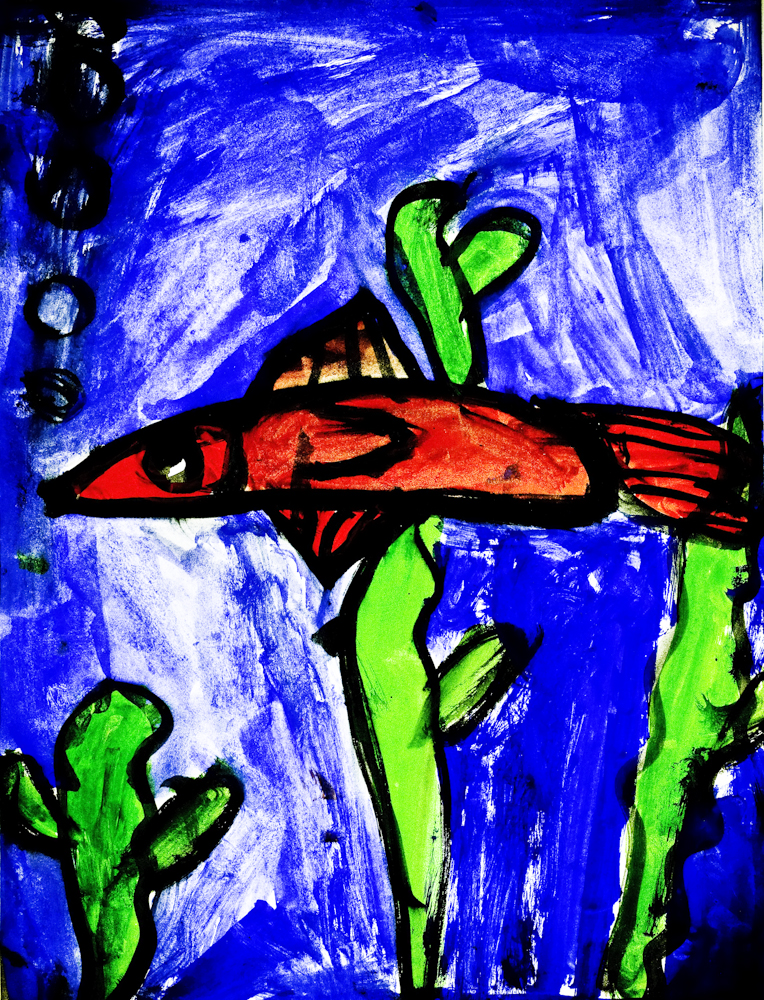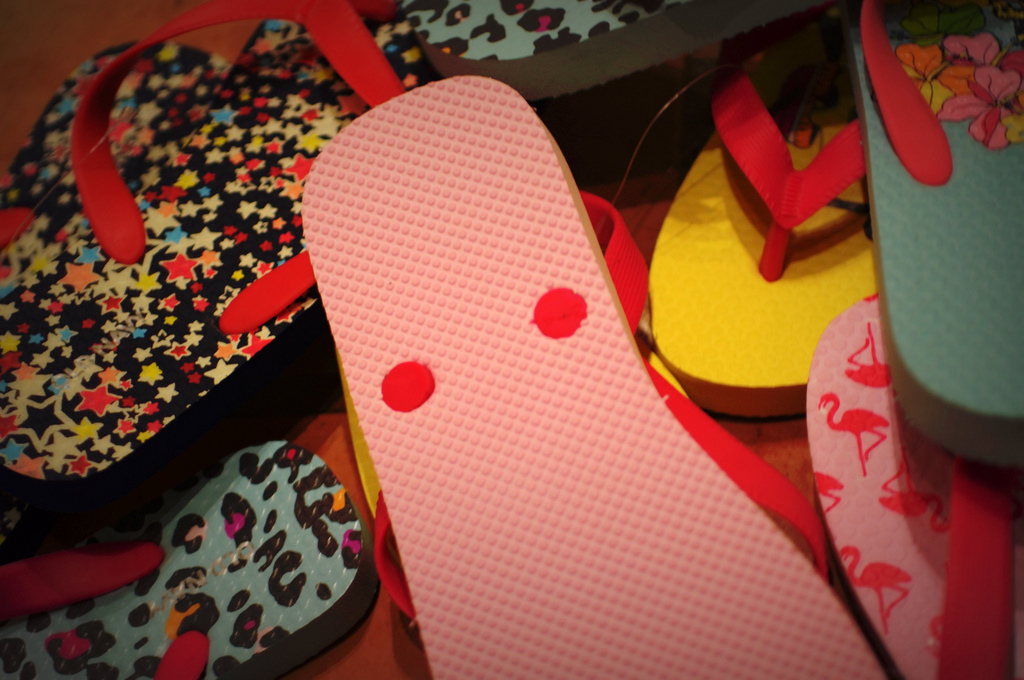[slideshow]
HOPE Art Haiti Vermicomposting Project Overview
Project Overview: Through a process called vermicomposting, food scraps are fed to worms and transformed into a nutrient-rich compost for plants and gardens. Vermicomposting can help businesses and schools save money.
VermiCompost Bin: Wooden bins can be constructed by students, staff, or parents. The size and number of bins needed will depend upon the amount of food scraps produced by your school. Roughly one square foot of worm bin is needed for each pound of food waste produced per week. For example, if your school generates 30 pounds of food scraps each day, five days per week, you will need 150 square feet of bin space to handle the 150 pounds of food each week. Five bins that are each 4 feet by 8 feet (32 square feet) will give you a 160-square-foot area for food scrap recycling.
Worms: Two species of red worms, eisenia foetida and lumbriscus rubellus, work best for vermicomposting but they can’t tolerate high temperatures. Composting worms do night like light. They will do whatever is necessary to escape the light. So keep your compost bins completely dark.
WORM 101
10 year old Jared helped me with phase 1 of this vermicomposting project: Working with Worms for the First Time.
I picked up a carton of live red worms from a nursery for $14.99 for 2lbs of worms. They were in a refridgerated case, chilled. Like wine, but they are worms. Ha!
Jared cut two San Jose Mercury Newspapers into strips and put them into an old plastic bin. He added about 3 cups of water. Then topped that off with leaves and food waste from the Green Bin in his backyard. We added rosemary and chamomile from his front yard so it wouldn’t smell too badly.
Then we added a bit of peat moss and dirt and finally the worms.
The bin is stored on my back patio in partial sun/shade with the top of th ebin ajar to allow oxygen to flow freely. The dirt feels and looks mostly moist, but not wet. I do believe my red worms are having a grand old time chomping waste into usable top soil as we speak.
